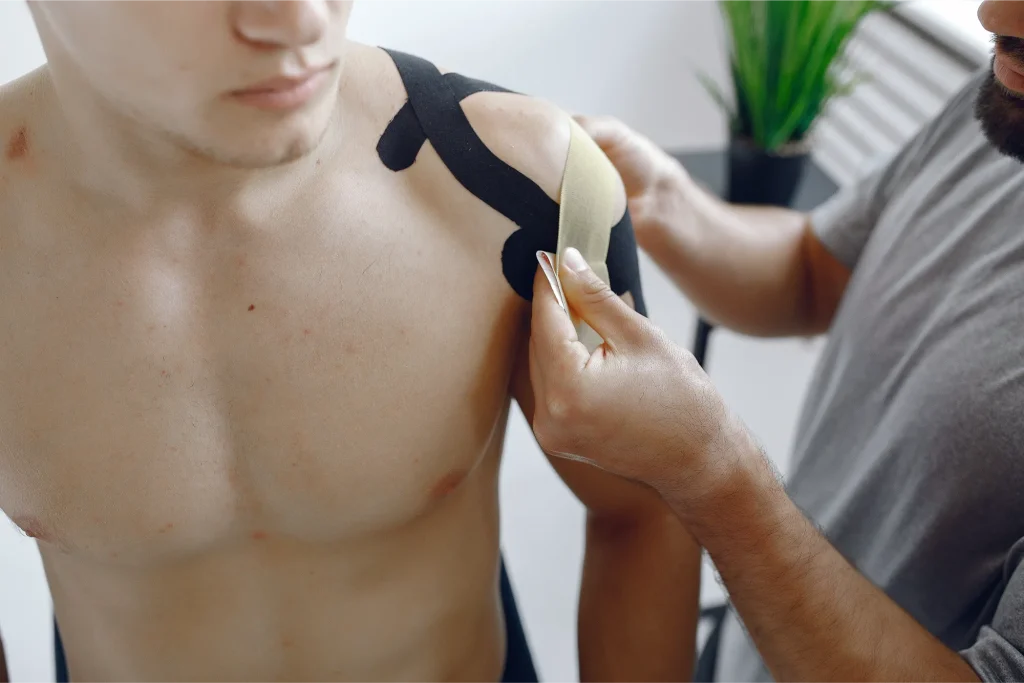Introduction to shoulder instability
Shoulder instability is a common orthopaedic condition that can significantly impair joint function and quality of life. It occurs when the humeral head repeatedly dislocates or subluxates from the glenoid cavity. This leads to pain, muscle weakness and limited mobility.
Athletes, people with previous shoulder injuries and patients with congenital joint laxity are particularly affected. If conservative treatments such as physiotherapy or splinting are not sufficient, surgical intervention may be necessary. Bony reconstructions, including bone grafts and osteotomies, are proven techniques for long-term stabilization of the shoulder joint, especially in cases of significant bone defect or recurrent dislocation.
